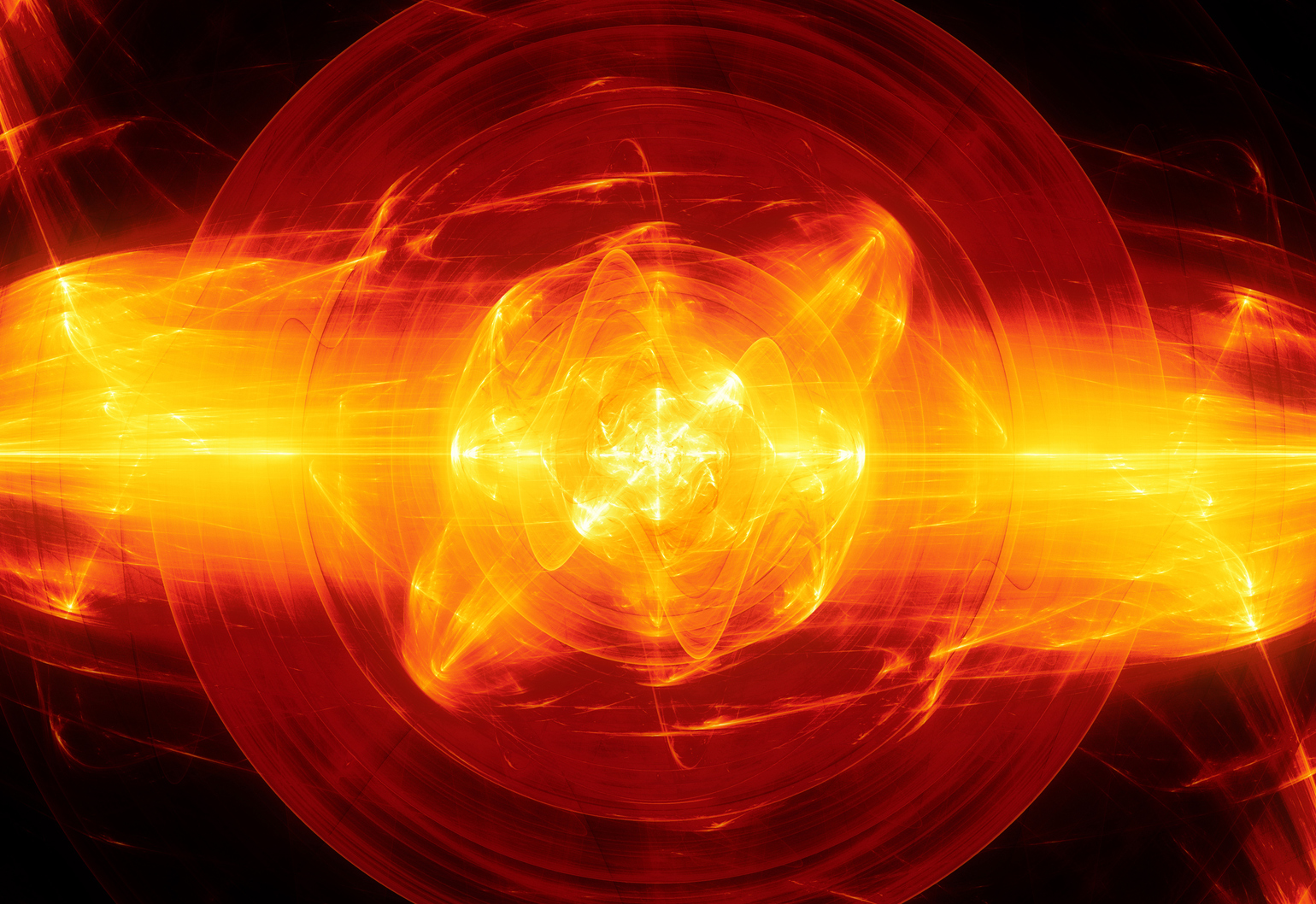China’s ‘artificial sun’ experimental fusion reactor has achieved a core plasma temperature over 100 million degrees Celsius — six times hotter than its real counterpart.
This is the first time a terrestrial reactor has crossed the threshold temperature needed for self-sustaining fusion — energy’s holy grail.
China’s Hefei Institutes of Physical Science — which hosts the Experimental Advanced Superconducting Tokamak (EAST) reactor — said in a media release that the temperature was boosted to the record high after optimising the plasma current density profile.
This was the result of combining four types of heating: lower hybrid wave heating, electron cloud wave heating, ion cyclotron resonance heating, and neutral beam ion heating.
Speaking to the ABC, Associate Professor Matthew Hole from Australian National University (ANU) said that this was a significant step for China’s nuclear fusion program. He also said that harnessing self-sustaining fusion could provide a ‘silver bullet’ solution to global energy issues.
“The benefit is simple in that it is very large-scale base load [continuous] energy production, with zero greenhouse gas emissions and no long-life radioactive waste,” Hole explained.
Ironing out issues for ITER
Starting operations in 2006, EAST was built with a view to resolving the key issues standing in the way of fusion power applications.
This is not the first milestone achievement for the facility. In July last year the reactor smashed another world record by keeping steady-state high confinement plasma stable for over 100 seconds.
This year, EAST scientists have conducted experiments to resolve challenges including plasma instability, confinement and transport, as well as plasma-wall interaction and heat exhaust.
The conditions at EAST are similar to the International Thermonuclear Experimental Reactor (ITER) in France. This means the results of research at EAST can be applied to ITER, which is a collaboration between 35 countries, including the United States, Russia, Europe, Japan, South Korea, India and China. Australian scientists are also lending their expertise to the ITER project, which is due to become operational in 2025.
EAST was also the first fully superconducting fusion reactor to be be built with a D-shaped plasma cross section rather than a circular one. All modern tokamaks, including ITER, have the D-shaped cross-section, which improves performance by breaking up plasma turbulence.
In future, China is also planning to build a Chinese Fusion Engineering Test Reactor and will launch a new science research facility later this year to support its development.
According to Hole, the massive potential of nuclear fusion as a zero-emissions energy source has led to significant investment in the technology by China and many other nations. But Australia’s investment is flagging, leading to many local experts deciding to change fields or head overseas.
“As a nation, Australia is about to lose its capability in fusion,” said Hole.


